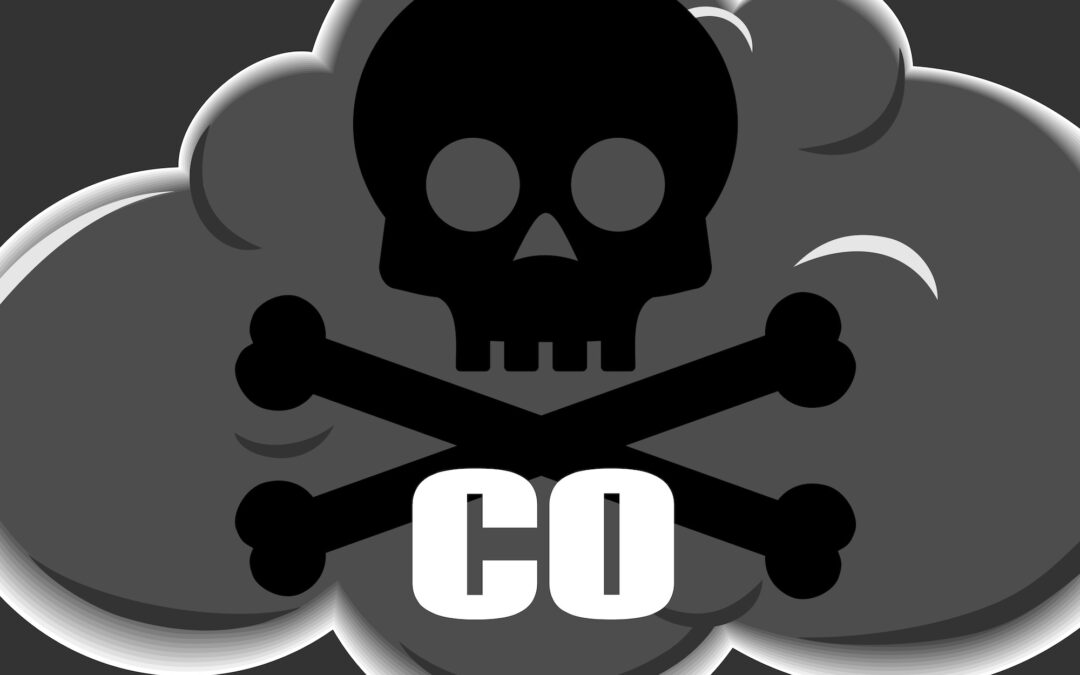This time of year, as the weather becomes colder, more workers close the garage or dock door. Closing windows and doors of a facility will stop the air supply from the outdoors. When doors and windows are closed because of the cold, carbon monoxide (CO) levels from forklift exhaust can quickly rise to unacceptable limits if the ventilation system does not adequately remove the pollutants. The main hazard with carbon monoxide is that it is a toxic substance and cannot be
clearly detected. There is no real safe concentration, and CO poisoning can become deadly in a matter of minutes.
Discussion Points:
• Why closing the dock door is dangerous?
• Carbon monoxide is a toxic substance that cannot be clearly detected
• The best way to avoid CO poisoning is to follow guidelines
• OSHA “permissible exposure limits” (PEL)
Discussion:
The best way to avoid carbon monoxide poisoning is to follow guidelines. The American Conference of Governmental Industrial Hygienists (ACGIH) publishes an annual guide for “evaluation and control of workplace exposures to chemical substances and physical agents.” It contains “threshold limit values” (TLV) or exposure guidelines for over 700 chemical substances and “biological exposure indices” (BEI) or limits on over 80 substances.
The National Institute for Occupational Safety & Health (NIOSH) has established the immediate danger to life or health value for carbon monoxide as 1,200 parts per million (ppm). This value is the concentration at which an immediate or delayed threat to life exists or that would interfere with an individual’s ability to escape unaided from a space. NIOSH recommends an eight-hour workday total weight average (TWA) TLV of 35 ppm, to never exceed 200 ppm. The OSHA “permissible exposure limits” (PEL) for carbon monoxide is 50 ppm for an eight-hour TWA exposure. Exposure to concentrations over 100 ppm constitutes a serious violation, and any exposure greater than 500 ppm is considered an imminent danger. The OSHA PEL is a legal limit in the United States for exposure of an employee to a chemical substance. These exposure limits are established by OSHA and were issued as part of the Occupational Safety and Health (OSH) Act in 1970. A PEL is usually specified as a “time-weighted average” (TWA) which is the average exposure over a specified period. Long-term effects of low-level exposure are undefined and sudden exposure at high levels can kill in a short period of time. One method of controlling the amount of carbon monoxide levels is to use non-gas producing equipment such a battery-powered forklifts and machinery indoors. Leave the gas-powered equipment for the outdoors. Employees should be provided with information and training regarding the potential hazards associated with exposure to carbon monoxide.
As always, stay safe out there!


Recent Comments